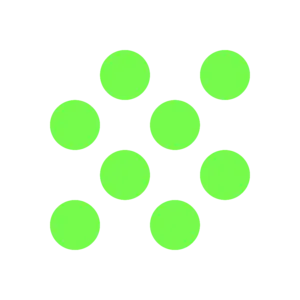Safety grading GREEN – SAFE
E141, copper complexes of chlorophylls, are graded GREEN because they are considered safe food colorants. These additives are derived from natural chlorophylls (E140) but stabilized by replacing the central magnesium ion with copper. This modification greatly improves stability against heat, light, and acidic conditions, making them more suitable for processed foods and beverages. Regulatory authorities such as EFSA (European Food Safety Authority) and the FDA in the United States have evaluated these additives and confirmed their safety at permitted levels.
The Joint FAO/WHO Expert Committee on Food Additives (JECFA) has established an Acceptable Daily Intake (ADI) of 0–15 mg/kg body weight for copper chlorophylls, which is unlikely to be exceeded under normal dietary conditions. Human studies and toxicological evaluations confirm that these additives are not genotoxic, carcinogenic, or associated with adverse health outcomes at approved levels. Excess copper intake can theoretically be problematic, but the amounts contributed by E141 in foods are minimal and far below levels that would cause health concerns.
Overall, E141 is regarded as a safe and natural-based alternative to synthetic green dyes. Its classification as GREEN reflects its favorable safety profile.
Should You Avoid E141?
There is generally no need to avoid copper complexes of chlorophylls. They are safe for all age groups. Only individuals with rare disorders of copper metabolism, such as Wilson’s disease, should limit exposure to copper additives. For the general population, E141 is safe and sometimes even marketed in supplements for its antioxidant potential.
Common Uses
- Confectionery (candies, jellies, chewing gum)
- Canned vegetables (peas, green beans)
- Sauces, dressings, and soups
- Dairy products (ice cream, yogurt, desserts)
- Beverages (herbal drinks, liqueurs)
- Baked goods decoration
Common Names / Synonyms
- Copper chlorophylls
- Copper complexes of chlorophylls
- Chlorophyllin (when water-soluble)
- CI 75810
- Natural Green
What is it?
E141 is derived from chlorophyll, the green pigment present in plants. In natural chlorophyll (E140), the porphyrin ring structure contains a central magnesium ion. To produce copper chlorophylls, this magnesium is replaced with copper, resulting in a pigment that is more stable in acidic foods and resistant to degradation by light and heat. This makes E141 more versatile than plain chlorophylls in processed food applications.
Production typically involves extracting chlorophyll from green plants such as spinach, alfalfa, or nettles. The extract is then chemically modified to substitute copper ions for magnesium. Depending on solubility, the additives can be classified into two groups: E141(i) copper complexes of chlorophylls (oil-soluble) and E141(ii) copper complexes of chlorophyllins (water-soluble). Both are approved as safe for food use.
In addition to their coloring role, copper chlorophylls have been studied for possible antioxidant properties. They may help neutralize free radicals and support detoxification processes, though these benefits are still under investigation. Importantly, they are not associated with the adverse effects of some synthetic green dyes.
Where it’s allowed (EU vs US)
E141 is approved in both the European Union and the United States. In the EU, it is listed as a permitted natural food colorant for a wide variety of applications. In the US, chlorophyllin copper complexes are recognized as safe and allowed for specific uses, mainly in coloring citrus-based dry beverage mixes and other limited categories.
